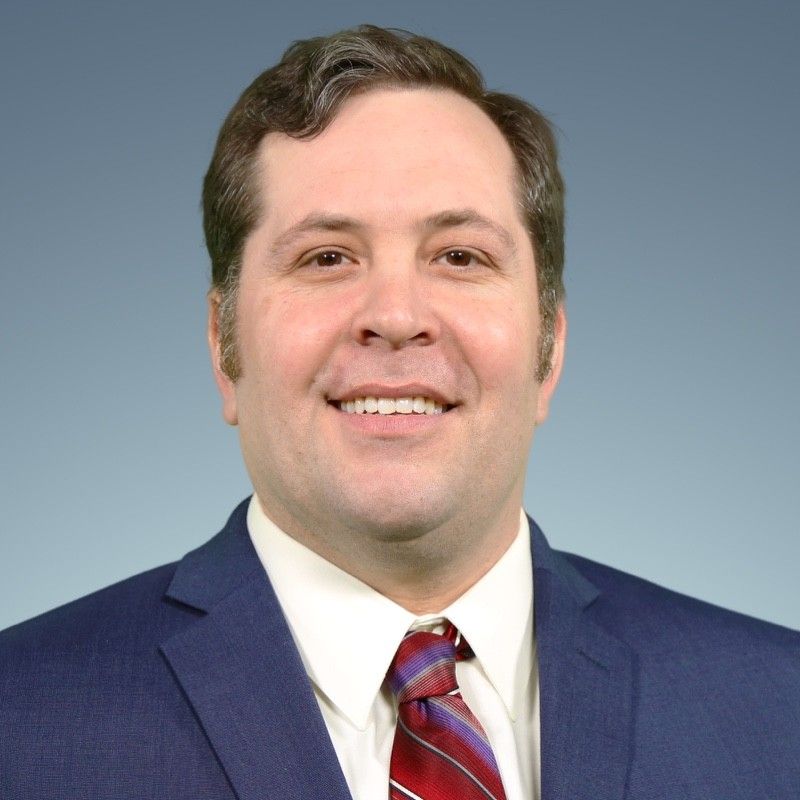Payer Scorecard results: A wake-up call for insurers and a call to action for practices
What payers need to do to improve relationships with practices.
Christopher Mazzolini

For medical practices, payer relationships are often a source of frustration, inefficiency, and financial strain. For good reason, it's one of the major topics we cover at Physicians Practice.
Our 2024 Payer Scorecard survey confirms what many in the industry already suspect: payer performance is failing to meet the needs of physicians and their patients. With an overall score of2.02 out of 5, the results highlight a widening gap between payers and the practices (and patients) they are supposed to serve.
Take a moment to check out our full data, then I'd like to share some thoughts on where medical practices go from here.
4 Takeaways from the Payer Scorecard
1. Reimbursement rates remain the primary pain and conflict point
A staggering 66% of respondents identified low reimbursement ratesas their biggest challenge with their largest payer. This aligns with anecdotal complaints from physicians who say their contracts have stagnated for 15 years or more without fee increases. Small practices, in particular, feel ignored and under-compensated.
2. Customer service and communication are failing
Physicians rated their largest payer’s customer service at 1.84 out of 5 — the lowest score across all categories. Practice communication fared only slightly better at 2.03 out of 5, with many respondents citing difficulties in identifying the right contact person for claims issues and appeals.
One respondent put it bluntly: “We need a dedicated provider relations contact, not faceless representatives who don’t resolve anything.” Another added, "Insurance companies outsource customer service, and those representatives don’t understand the issues or refer us to experts.”
3. The prior authorization burden continues to grow
More than 74% of respondents reported that they are handling more prior authorizations than in the past year, yet payer scores in this category remain abysmal. Physicians rated prior authorization experiences, including clarity, response time, and ease of process, at just 2.25 out of 5.
It’s no surprise that 97% of respondents believe payers should be required to reimburse for prior authorization work via a dedicated Current Procedural Terminology (CPT) code. The time and administrative burden on practices are becoming unsustainable.
4. Payment processing and billing systems are a mess
With a score of 1.96 out of 5, payment and reimbursement processes ranked among the most frustrating aspects of working with payers. Delayed payments, inaccurate claims processing, and appeals processes lacking transparency remain major concerns.
One practice administrator shared: “Their systems don’t interact with ours, so we have to manually correct claims, which delays payments.” Another simply vented: “Reimbursement stinks. I quit!!!”
What needs to change? A call to action for payers
Medical practices aren’t just asking for better pay—they want functional, transparent, and fair systems. Here’s what payers need to do to improve relationships with providers:
- Pay fairly: Practices want reimbursement rates that allow them to sustain their business, invest in staff, and remain competitive. Physicians are being pushed out by unsustainable compensation models.
- Streamline administrative processes: Prior authorizations for generic or medically necessary medications must stop. Payers should also integrate billing systems with practice management software to reduce claim rejections.
- Improve communication: Practices need a dedicated provider relations contact instead of generic customer service hotlines.
- Reevaluate their provider relationships: As one physician noted, “Instead of looking at me as an expense, look at me as a tool to care for your beneficiaries.”
Where do practices go from here?
While practice administrators may feel powerless, they can take proactive steps:
- Negotiate aggressively: Despite 37% of practices not negotiating contracts, those who do — especially independent groups — can push for better reimbursement rates.
- Advocate for CPT codes for administrative tasks: Nearly all physicians agree that insurers should pay for the prior authorization workload. Advocacy through state and national medical societies can drive real change.
- Leverage public pressure: By sharing payer performance data with industry groups, policymakers, and patients, physicians can expose unfair practices and advocate for reform.
The bottom line
The Payer Scorecard reveals an industry in crisis: poor reimbursement, bureaucratic inefficiencies, and opaque communication are making it increasingly difficult for medical practices to operate. But with data in hand and a clear mandate for reform, practices can fight for a fairer system. It’s time for insurers to step up—or risk losing the very providers who keep their customers healthy.
Chris Mazzolini is a content vice president at MJH Life Sciences, overseeing a roster of brands including Physicians Practice, Medical Economics and Pharmaceutical Executive.
Be sure to check out The Mazz Report on LinkedIn for more insight into the business of medicine.
Health care’s 2025 revenue cycle imperative: Reduce administrative waste
January 22nd 2025Given that so much of the high costs associated with running a healthcare business remains outside of the organization’s control, financial leaders will have to consider how they can impact the one area that is in their control in 2025: reducing administrative waste.